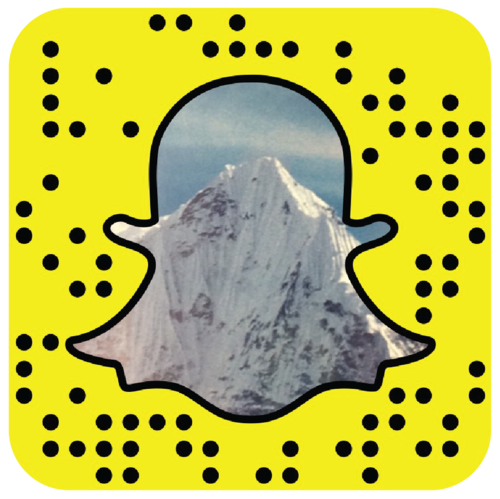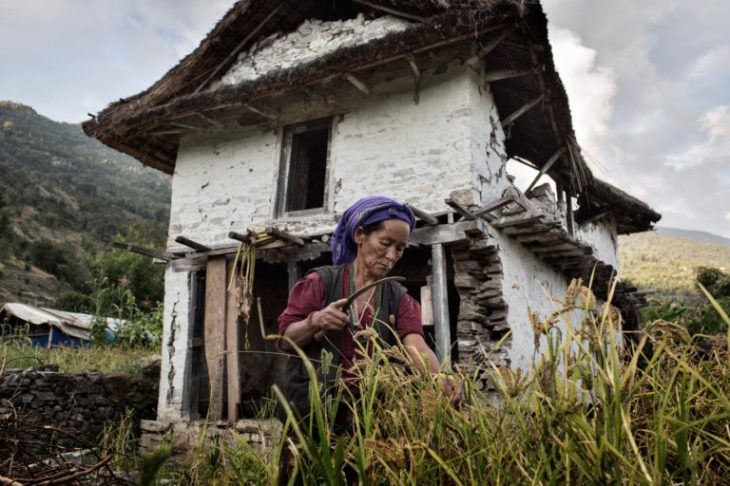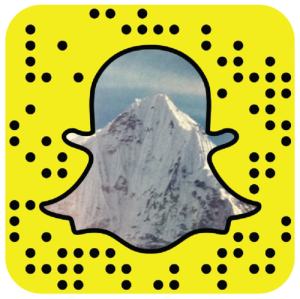We are all quants now. Like the Wall Street analysts, we quantify everything that has a number associated with it. We can track our steps, our total distance covered, our sleep, our heart rate. We can track our pace or our speed. We can track our rise and fall in elevation, our calories burned, our daily, weekly, monthly and yearly accumulated mileage, or, switch to kilometers to really up the numbers. We can get the information on a gps watch, a black bracelet, a fancy watch, a smart phone or tablet or delay the gratification and wait to get back home to check out the stats on a desktop. Now with wearable technology, even our shoes and socks can log our data.
The quantitative analysts on Wall Street can do what they do because business is described in numbers-the quarterly profit and loss numbers, the numbers of widgets manufactured, sold, not sold and sold and returned and of course the stock price and dividend. But now quantification is becoming firmly embedded even in the trail under our feet not to mention in our daily lives. The proliferation of tracking devices reduces a post hike recap from a simple ‘wow’ to a “wow, did you know we just logged 1,854 feet of elevation change” and a simple sense of exhausted exhilaration following a hard run is replaced by poring over the stats, the list of mile by mile times and a careful evaluation of the pace. Was it better or worse than the day before, the week before or the month before. And these tracking devices now add the daily temperature and wind speed to their reports as well and even leave space to add a few comments like, “felt pretty lousy” or “sore left knee”.
I know about this because I have succumbed to this practice. Immediately after a run I immediately check my tracking app. And I actually find the information quite useful, interesting and even actionable, especially if I have a goal in mind.
But what are we not measuring and not communicating? My running app has no happiness metric or pure joy tracker. It has no early morning dew on my shoes alarm, or sunlight shimmering on the water detector. It does not have an amazement meter that goes off when watching acrobatic swallows diving through the air or an “oh wow” tracker when I spot a cormorant surfacing in the river with a fish in its beak or spot a yellow warbler amongst the leaves. And my running app does not tabulate how many times I started out in a so-so mood and ended up pretty happy, or, vice versa.

yellow warbler (www.lilibirds.com/gallery2/v/warblers/yellow_warbler
I submit that what we can not measure gets lost and subsumed in the massive data which we can measure. The intangibles like joy, freedom, inspiration, accomplishment, overcoming adversity and other critical elements that constitute the human soul are lost as the fleeting moments that they are and perhaps, that they are supposed to be.
We truly have no language to quantify the most valuable of our experiences and this is certainly true when out in nature, pushing our physical limits or simply enjoying the time out doors. Art and music strive to capture out deepest emotions at the most ephemeral moments of life but they can not quantify our experiences like a gps watch can track our miles, pace and elevation changes. Our time in the woods, by a lake or in a meadow, will remain what it is – a transcendent moment. And our memory of that experience with nature will leave us as it should. Speechless.
Howard E. Friedman
-30-


